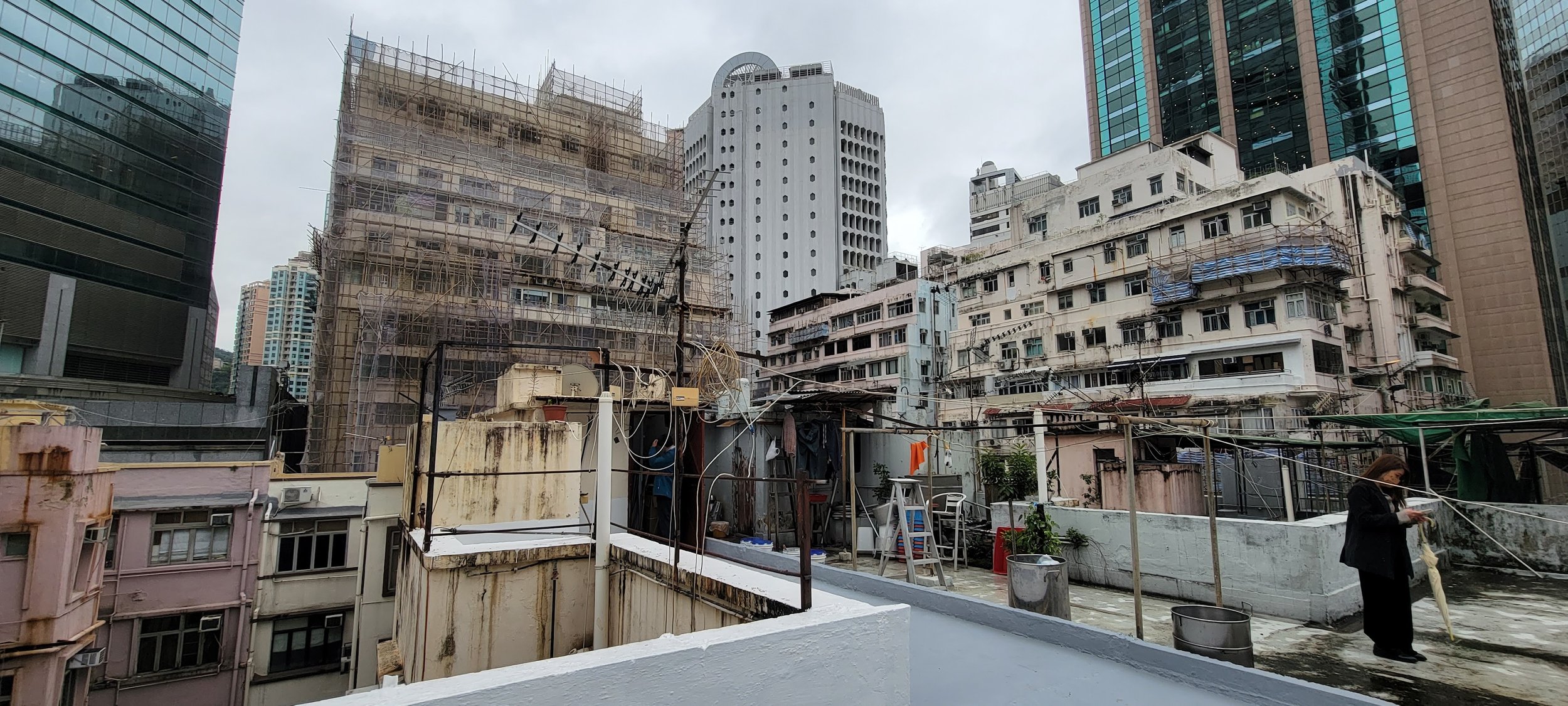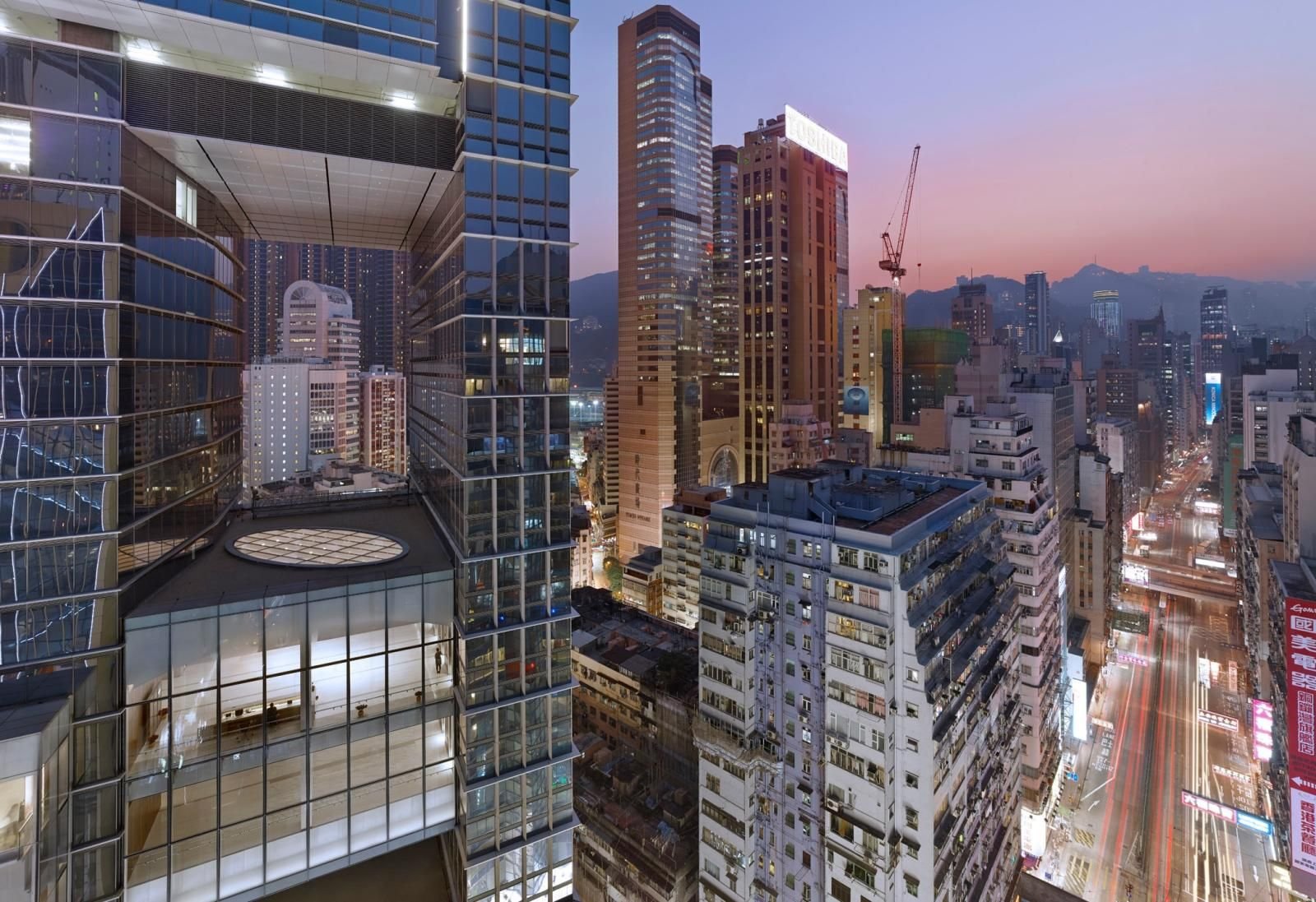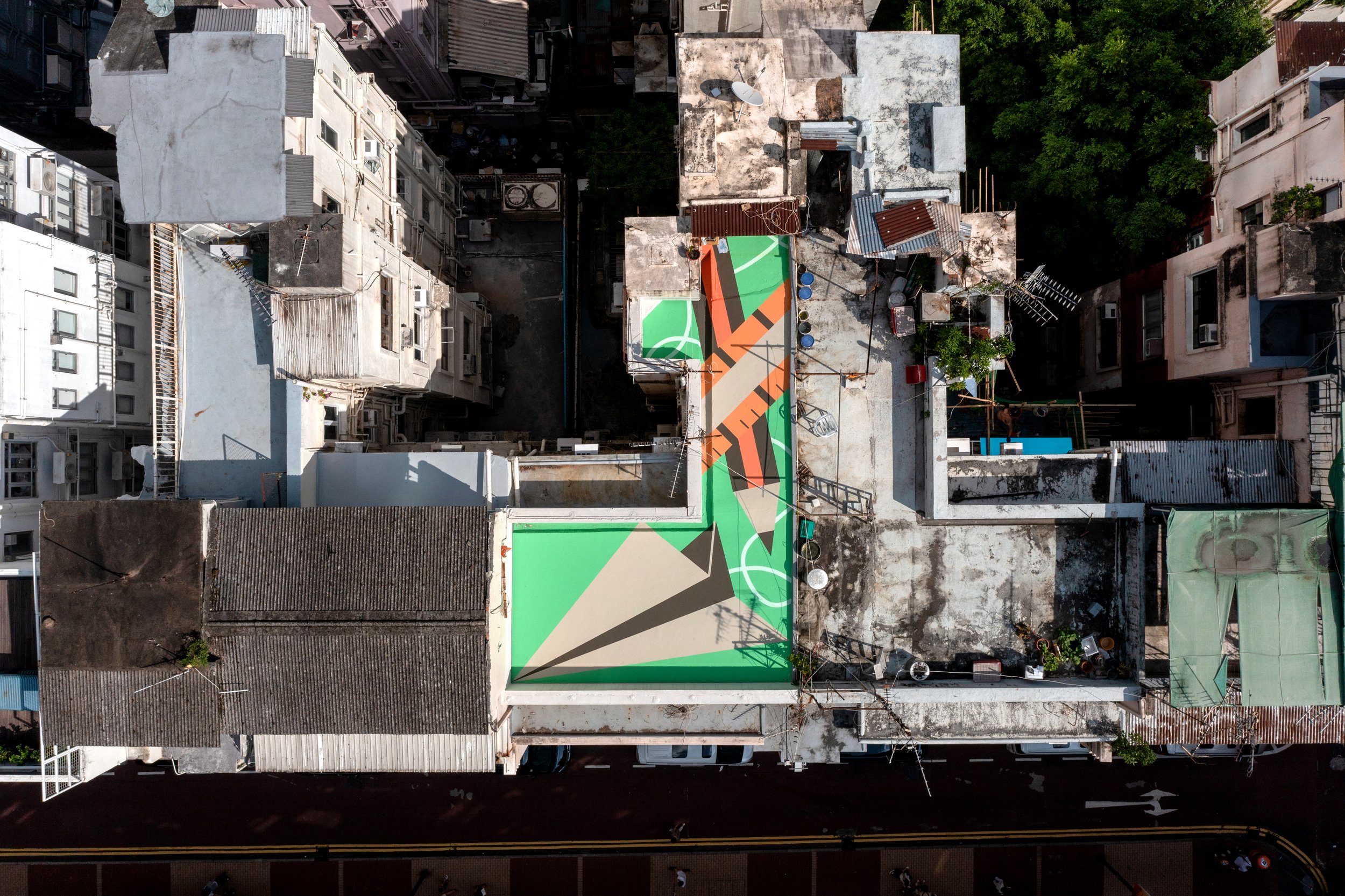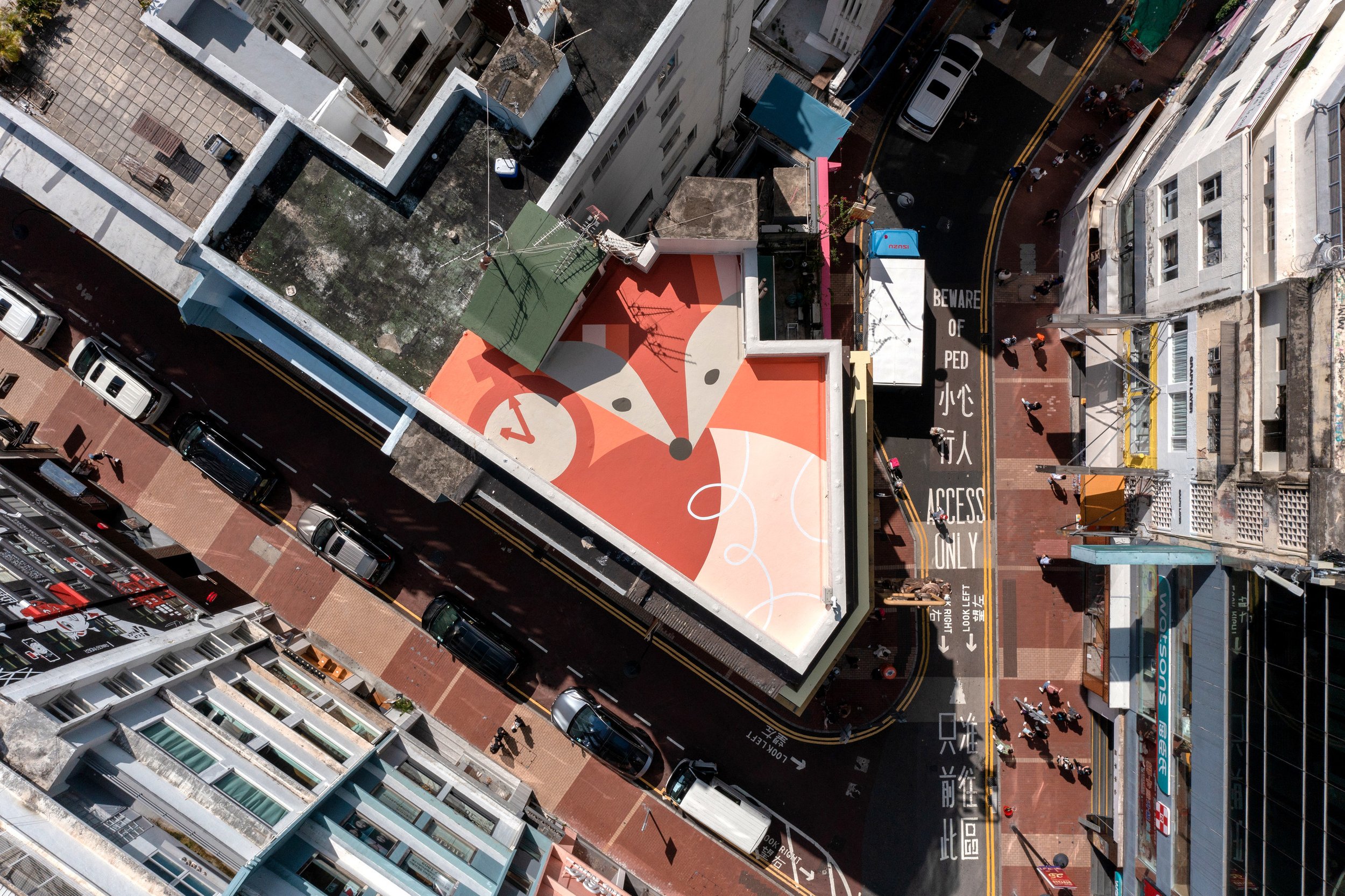
gLEEful rooftop
Sharing local stories through forgotten spaces
Placemaking
Dec 2021 - Jul 2022 | 8 months (my involvement: 5 months) | One Bite Design Studio
Client: Hysan Development Company Limited
Brief: Revitalise the fifth facade while sharing the spirit of Causeway Bay, the local neighbourhood
MY ROLE
Research
Concept
Project management
TEAM
Alan Cheung
Brenda Hui
Alice Wan
Lung Mak
Luana Kwok
Diana Pang
‘gLEEful rooftop’ is a placemaking project revitalising 8 rooftops in Lee Gardens in Causeway Bay, one of the busiest commercial areas in Hong Kong. Drawing inspiration from local childhood games and activities from yesteryears as part of the city’s unique rooftop culture, the project serves to inspire more engagement and exchange within the local community.

CHALLENGE
Revitalise disused rooftops through sharing the spirit of Causeway Bay
Background
Lee Gardens (利園) is a commercial area located in Causeway Bay, one of the busiest districts in Hong Kong. The area has been mostly developed by the founding family of Hysan Development since the 1920s.
Between office skyscrapers and shopping malls, historic tenement buildings from the 1950s are scattered throughout the area. As many of these inaccessible disused rooftops slowly decay, we were tasked by Hysan Development to explore how we could revive these forgotten spaces to engage local communities.
Research
As part of the research, the team asked local workers and residents about their "window-staring" habits and their thoughts about the neighbourhood and found:
People located on mid-floors tend to look down from the windows the most
City dwellers look out of the windows for a moment to refresh during their workday
Causeway Bay is seen as a neighbourhood full of stories
A survey was conducted and posters linking to the survey were displayed in the area to collect responses. Several giant QR codes were placed on rooftops to entice people to participate in the initiative.

DESIGN OPPORTUNITY
Through local stories, how might we create moments of refreshment for city dwellers?
Design Concept
With the neighbourhood being a melting pot of new and old cultures, the team drew inspiration from the city's distinctive rooftop culture to rekindle collective memories.
Unique Rooftop Culture
After WWII, a large number of refugees came to Hong Kong, causing a housing shortage. Rooftops became multipurpose spaces for families — playgrounds, makeshift houses, and even schools.
As universal education did not come into effect until the 1970s, rooftops became the place for basic education. Most ordinary families had no choice but to send their children to charity-run rooftop schools during the 1950s and 1960s, where they played games and ran around between classes.
Visualising the Scenes
Through the visual representations of classrooms and popular local playground games, the team depicted children's rooftop pastimes based on the accessibility, shapes, and surroundings of the rooftops.
Accessible rooftops have a pattern-based design, enabling users to explore new games there, while inaccessible rooftops have a graphic-based design. Bright colours add a touch of playfulness to the city's fifth facade, bringing nearby city dwellers a breath of fresh air.
Impact
By bridging the new and old through these forgotten spaces, gleeful rooftop hopes to bring the diverse community together. A series of community events are expected to take place on the accessible refurbished rooftops.
Playful depiction of a classroom with a paper plane and stationery
Red Light, Green Light (一二三紅綠燈), a local variation of a Statues game
Watermelon Ball (西瓜波) — taking its name from its red and white stripes, this hollow plastic ball was a popular affordable toy in the late 1950s
Hawk Catching The Young Chicks (麻鷹捉雞仔), a traditional Chinese tag game
What's the time, Mr Fox? A popular tag game
Hopscotch (跳飛機), a popular playground game











